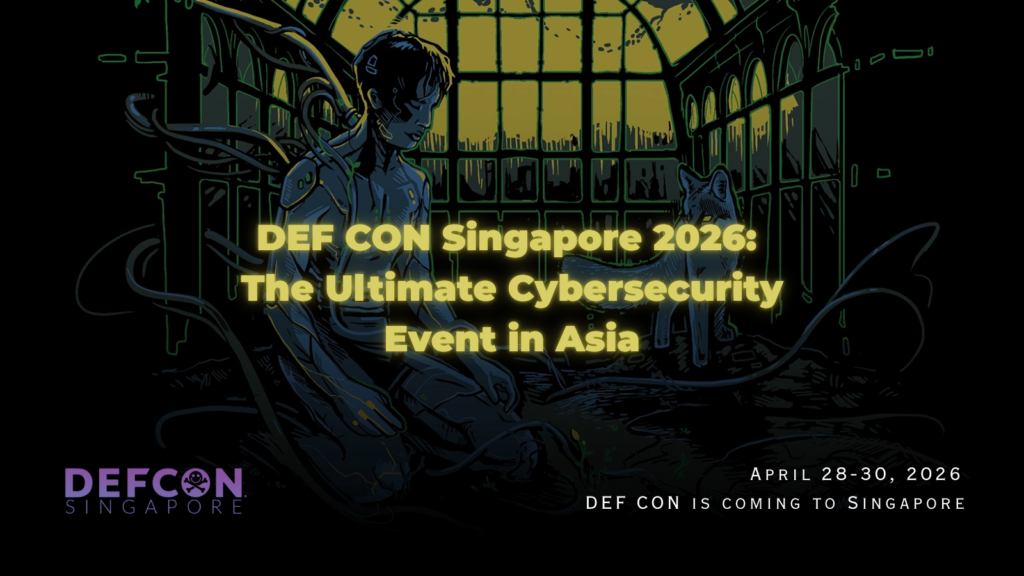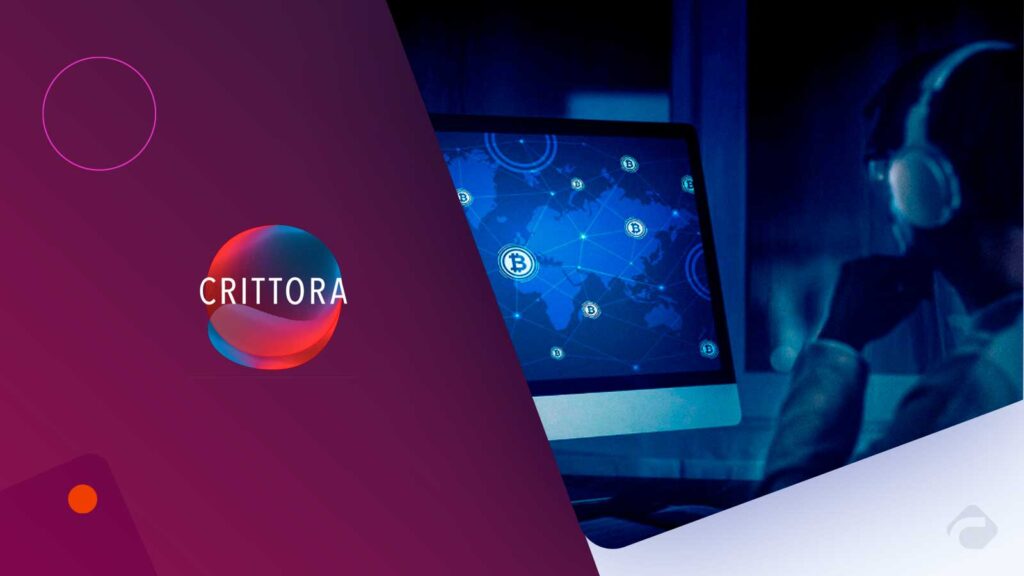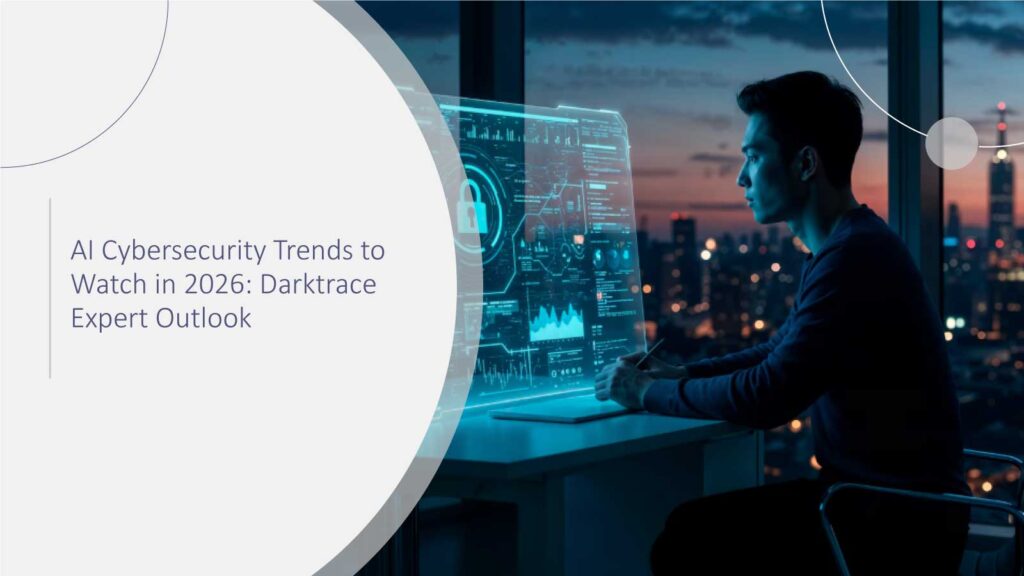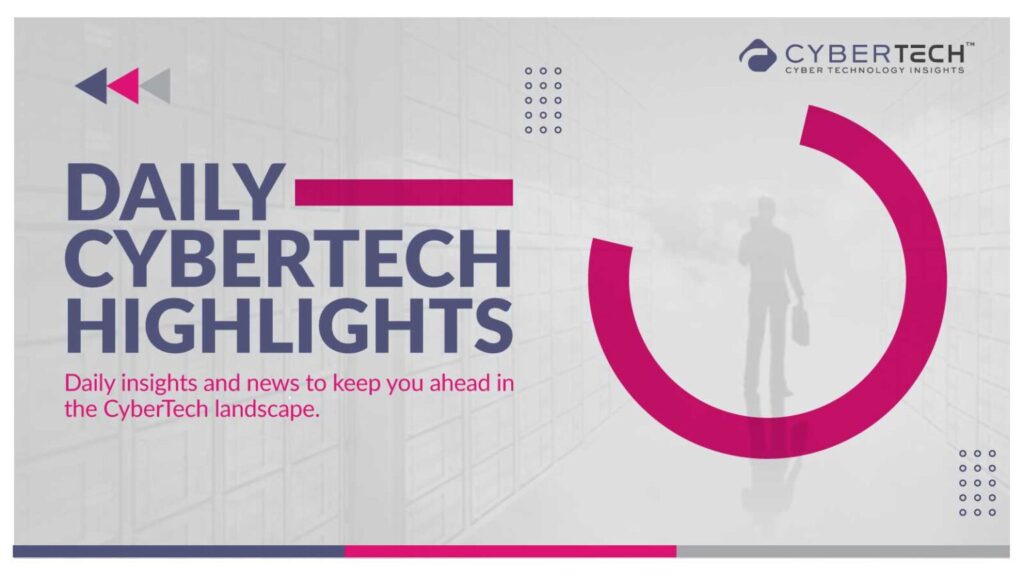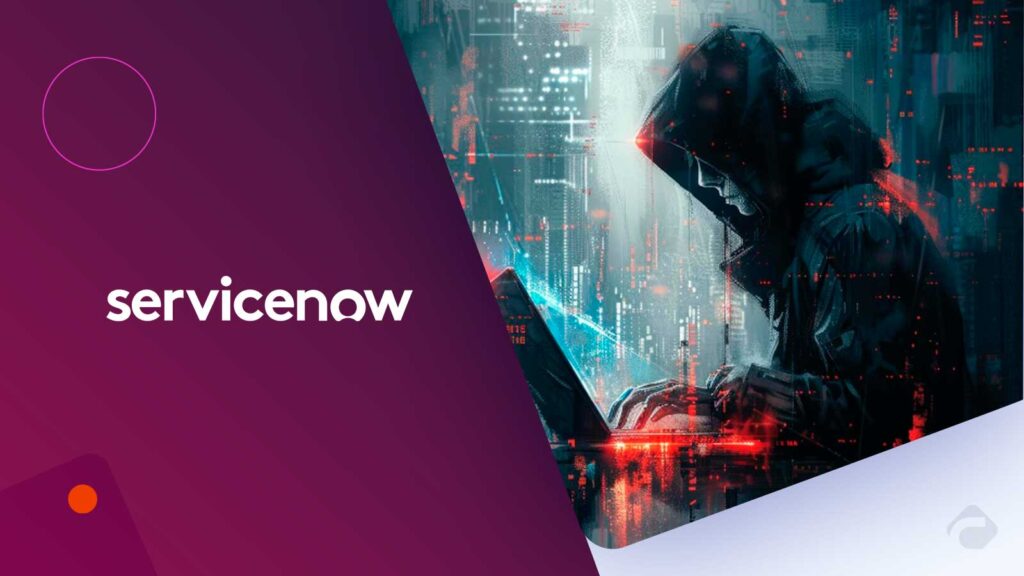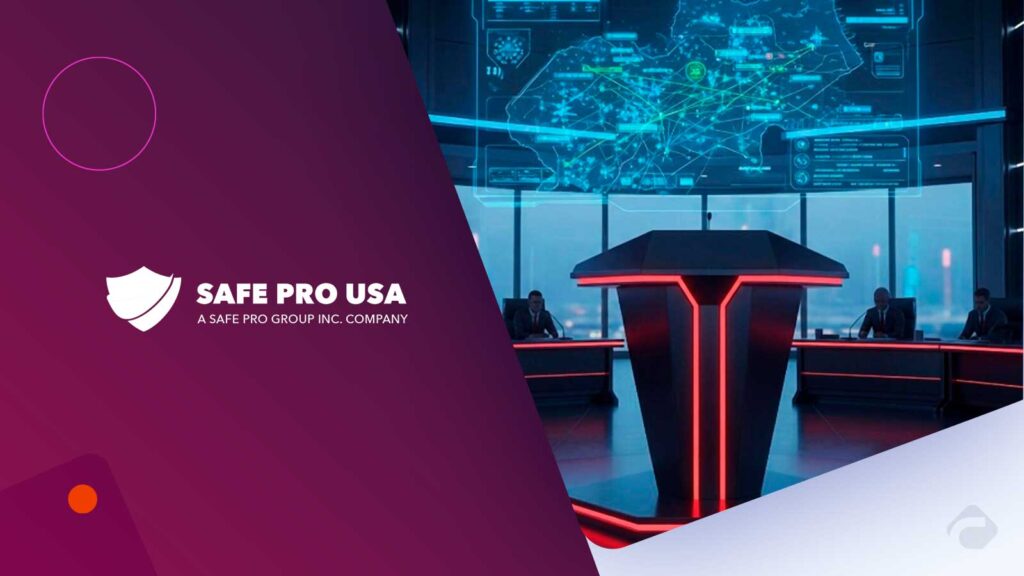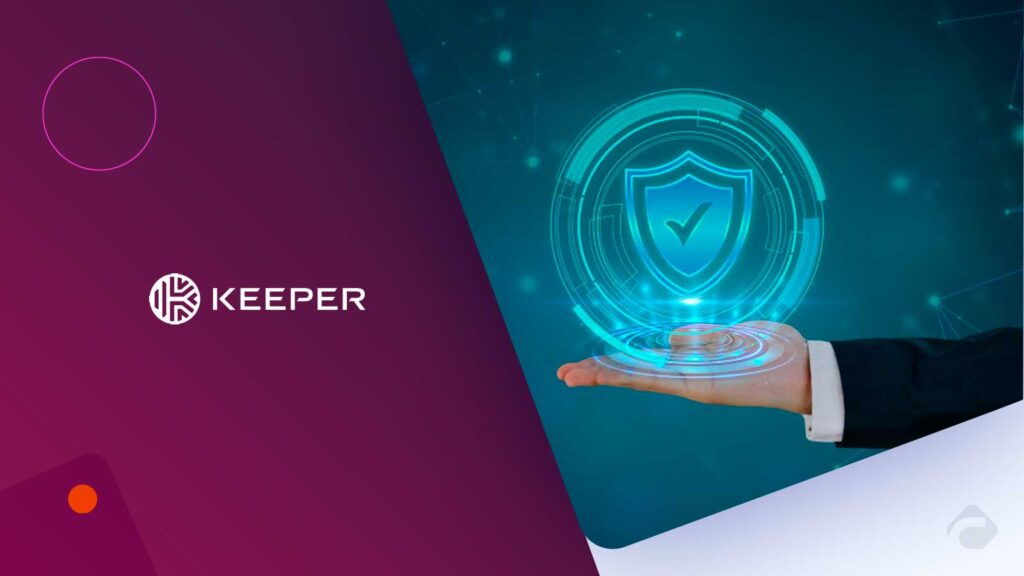Cybersecurity in this day and age of extreme connectivity is not just something that is done behind the scenes; it has become a core part of the company’s strategy. The extent and impact of the cyberattacks are growing faster than ever, and organizations that lag may face not only enormous financial losses but also disruption in their operations and, on top of that, damage to their brand reputation. Gartner reports that the average global cost of a data breach has risen to $4.45 million in 2025. This turns DEFCON Singapore 2026 kind of events into a must-attend event for decision-makers, tech fans, and management seeking real-world strategies and implementation plans.
One can say that DEFCON is the most well-known event all over the globe for pulling together ethical hackers, technologists, and security leaders to update each other on the current state of the art in threat intelligence, AI-driven defense, and enterprise security strategies. Indeed, traditional conferences generally focus on theoretical aspects, whereas DEFCON trains participants to master the subject on the spot by applying real-world scenarios and practical leadership that can transform an organization’s approach to cybersecurity.
In case you are a CIO, CISO, or a tech executive, keeping up with the most recent developments and insights at DEFCON Singapore 2026 will help you construct smart security strategies that will be both resilient and AI-augmented. Below are the 10 most important cybersecurity leadership secret tips that were disclosed at this major event.
1. Adopt Continuous Threat Exposure Management (CTEM)
Diversity of the necessity for Continuous Threat Exposure Management (CTEM) as a solution was a theme that was constantly being brought up at DEFCON Singapore 2026. According to Gartner, organizations with proactive threat management reduce incident response time by up to 35%
New cyber threats emerge hourly; CTEM proactively identifies, evaluates, and ranks vulnerabilities to maximize organizational risk mitigation.
For leaders, the installation of CTEM shall mean:
- Implementing AI-powered monitoring dashboards that enable you to instantly recognize the potential risks that can impact endpoints, networks, or cloud environments.
- Ranking the vulnerabilities based not only on how severe they are but also taking into consideration their impact on business activities.
- Mobilizing security cross-functional teams as a good practice to be there always supporting security hygiene on the ground.
Sample: The Falcon platform by CrowdStrike uses AI that is radically endpoint activity and thus. Threat detection is brought closer to the time when action is taken. Automating low-priority alerts frees SOC teams to focus on high-impact vulnerabilities, amplifying rather than replacing human expertise.
2. Embrace Zero-Trust Architecture
The phrase Zero-Trust Architecture has gone far from being just an idea to being the norm that has to be met. DEFCON pedagogical activities dwindle around the motto: “Trust absolutely no one, yet verify everything.” The Zero-Trust approach curbs the movement of intruders within a system, thereby limiting the extent of malicious acts done by hackers through a compromised account is limited considerably.
The executives who are walking the path of Zero-Trust should:
- Enforce identity assurance and multi-factor authentication (MFA) as the strictest user access control form available.
- Break down networks into smaller zones and control who has access to each zone.
- Keep tabs on the behavior of the user and the device, and verify it again.
Share: Microsoft declared that after organizations adopted Zero-Trust strategies, security breaches related to credential compromise were cut by half. By adding AI-powered intruder detection to the Zero-Trust infrastructure, the systems can both detect and respond to suspicious activities in real time.
Rhetorical question: Without the implementation of Zero-Trust principles, is your organization capable of stopping lateral attacks with full confidence? For cybersecurity leaders, the answer is becoming more and more evident.
3. Invest in Extended Detection and Response (XDR)
The DEFCON Singapore 2026 event is focusing on Extended Detection and Response (XDR) as a key aspect. XDR, unlike siloed solutions, combines the multiple security layers of endpoints, networks, cloud, and email into one single, interconnected platform.
Benefits for leaders include:
- Unified visibility: Helps threat detection accuracy by alerting across diverse systems and hence providing a more thorough view of security.
- AI-assisted decision-making: By singling out genuine threats and triggering responses automatically, it lessens the alert fatigue experience of security teams.
- Faster incident response: SOC teams can do so because they have access to consolidated intelligence, which speeds up the process.
Example: A global financial institution went for XDR and dropped the mean time to detect (MTTD) incidents by more than 40%, showing how the security team’s work becomes more agile with XDR.
McKinsey research shows that organizations integrating XDR platforms can reduce incident response costs by up to 25% and improve threat detection accuracy by 30%
Tip for executives: To get the most out of the money you have invested in security, first figure out XDR platforms that naturally fit in with your current system without compatibility problems or operational interruptions.
4. Leverage AI and Machine Learning for Threat Defense
At DEFCON Singapore 202,6, AI and Machine Learning (ML) for threat and defence are highlighted as integral parts of cybersecurity rather than optional tools. AI can quickly find the abnormal, foresee leaks of data, and even take on the organizing of reaction workflows. Gartner forecasts that by 2026, AI-driven cybersecurity solutions will handle over 50% of threat detection and response tasks previously done manually.
Anomaly detection: The AI creates a profile of a network’s normal activities and flags anything abnormal very quickly, allowing the warning to happen before the damage “kill chain†occurs further down the line.
Predictive intelligence: The technicians take the easy road of letting the machine learning trained algorithm identify future exploits and then craft the necessary shield to prevent them from happening.
Automated response: Once the system has instantaneously detected and restricted the threat, it is the follow-up that needs minimal human intervention, as it will assign routine events for which there is already a procedural plan.
Example: Darktrace has designed an AI Cyber Defense platform to analyze the interconnectedness of network traffic globally in real time, revealing threats that even the most common security tools cannot spot.
Leadership insight: AI implementation does not mean that we are telling human leaders to step aside. AI enhances decision-making skills; thus, leaders must be sure that they are training their AI systems well, supervising the AI’s performance, and testing it periodically.
5. Reinforce Cloud Security Resilience
While cloud use is becoming popular, and DEFCON Singapore puts emphasis on cloud security as an anchor point in cybersecurity leadership, it is still vital for organizations to implement difficult but necessary cloud security measures as their dependencies on cloud infrastructures increase.
Key strategies include:
- Encryption of data is present all over, both for data at rest and data in transit.
- Constantly watching and auditing cloud configuration changes.
- Adding the Zero Trust concept to cloud platforms.
Example: A bank at the international level introduced analytics, hit upon by AI, that unmasked cloud-with-the-mysterious-configuration vulnerabilities before they could have become ransomware attack entry points and tripped the kill switch to threaten overdraft limits.
Tip: Security leaders ought to check that cloud service providers have the right security certificates and undergo ethical penetration testing and automated compliance monitoring frequently.
Recommended: Everything You Need to Know About DEF CON Bahrain 2025
6. Automate Security Operations Without Losing the Human Touch
When it comes to automation, it is a major point at DEFCON Singapore 2026; however, the speakers are clear on their stance that there has to be a balance. The efficiency facilitated by security operations, automation is unfortunately not enough to make up for the lack of strategic human oversight.
Applications of automation include:
- Automated playbooks: Developing these procedures in a standardized way allows users to apply them to phishing, malware, or DDoS repercussions.
- Policy-driven responses: AI implements the automatic shutdown while humans take care of intricate tasks.
- Simulation exercises: While AI deals with the dull routine jobs, humans stay on their toes during the regular drills.
Example: Palo Alto Networks has shared that due to the automated process implemented in their SOC environment, the percentage of the workload that analysts replaced with automation reached 70%, allowing the analysts to use their skills on tasks with greater impact.
Humorous nudge: It is still the case that the best AI cannot do the job of a human when it comes to security issues at a board meeting level, as it cannot explain to the CFO what happened – humans are still needed.
7. Integrate Security Across Business Functions
DEFCON Singapore highlights that security is not solely IT’s burden. Progressive executives weave cyber-defense tactics through the fabric of customer relations, supply chain management, and research & development.
Benefits include:
- Making sure that AI-enabled marketing initiatives are free from user privacy breaches.
- Bringing the highest security priorities in line with what the business wants for executive responsibilities.
- Developing an environment where every worker plays a role in the company’s durability.
Example: Salesforce has security verification measures built straight into its MarTech platforms, thus lessening the threat of customer data being exposed while AI-driven campaigns are underway.
Insight from the point of view of a leader: Collaboration between departments ensures that security becomes deeply etched in the company’s DNA rather than being an afterthought.
8. Cultivate Ethical Hacking as a Leadership Tool
DEFCON holds ethical hacking at its core. Executive management gains from the performance of red team-blue team drills, which foreshadow real-life cyber attack incidents and help evaluate a firm’s defenses.
Red teams expose security holes that can be found in hardware, software, and the way a company works.
Blue teams simulate attacks and refine their strategies to detect and counteract a threat through rehearsals.
Ethical hacking incentivizes organizations to have a security culture in which hackers become vulnerability’’ teachers.
Example: A Fortune 500 firm utilized ethical hacking exercises resulting in the discovery of a wrongly configured API that allowed millions of customer records to be accessible. Eventually, the issue was solved prior to having any security breaches.
Leadership perspective: Instigating ethical hacking within the organization not only makes it resilient but also brings forth innovative defensive strategies.
9. Prioritize Data-Driven Decision-Making
Data is what makes modern cybersecurity leadership thrive. DEFCON Singapore 2026 presents this idea through the need for decisions driven by analytics.
Metrics serve as a measure of risk exposure, response times, and detection efficiency.
The use of AI simplifies complicated data sets, making the use of dashboards very apparent and helping leaders to easily make strategic decisions.
Research-based reporting is an advantage for communication between administrations at the board level.
Example: IBM’s X-Force Threat Intelligence employs predictive analytics to make customers aware of impending threats, thereby allowing the leadership team to allocate resources proactively.
Rhetorical question: Would you fly a plane without instruments? Treat cybersecurity strategy the same as real-time data, guiding every move.
10. Foster Continuous Learning and Community Engagement
Cybersecurity is a volatile domain. DEFCON Singapore champions the concept of continuous learning and interaction with the international cybersecurity community.
Regularly undergoing training sessions, attending the keynote speakers’ lectures, and participating in Capture The Flag (CTF) contests to be at the forefront of the field.
Sharing your methods with co-workers, especially regarding how AI and MarTech security can be implemented.
Ensure that employees are motivated to study for certifications in your company and provide the opportunity for continuous training in order to maintain the highest level of skills.
Insight from the perspective of a leader: Leaders who invest in continuous learning are the catalysts who inspire their teams to develop a culture of curiosity and proactive defense through them.
Conclusion
DEFCON Singapore 2026 is a superhero class of futuristic cybersecurity leadership rather than just a cyber world event. Through the conference, the executives are given the tools with which they can easily maneuver the current dangerous landscape of cyber threats all by themselves. Those leaders who adopt these dozen secrets not only keep their organizations safe but also set the bar for the innovation, resilience, and strategic foresight of the sector higher.
FAQs
1. What is DEFCON Singapore 2026, and why is it relevant for executives?
DEFCON Singapore 2026 is a conference of cybersecurity leaders, ethical hackers, and technologists from every corner of the globe to share the security strategies they implement in practice that combine AI-driven security along with Zero-Trust frameworks that are the key to enterprise protection.
2. How does AI enhance threat detection and response?
AI finds irregularities, makes a highly likely forecast for intrusions, and even takes technological responses; thus, the whole operation goes significantly faster and more accurately, plus it also relieves the monotony of Human-Computer Interaction that causes human errors in SOC operations.
3. What is Zero-Trust Architecture, and how does it prevent attacks?
Zero-Trust is an idea that does not trust any user and/or system from the beginning. It carries the most rigorous identity verification, the least access control, even for the smallest partitions, and continuous surveillance, and thus wrapping of intruders; movements are very small if not totally prevented.
4. What differentiates XDR from traditional security tools?
XDR is that which enables the integration of different security systems through a single platform that offers real-time monitoring with minimal chances of operator error and even accelerates the isolation stage of identifying the breach.
5. Can cybersecurity automation replace human expertise?
Definitely not. Cybersecurity automation is most suitable for the repetitive parts of the workflow, while human intervention is necessary for making strategic decisions, correctly understanding complex threats, and managing AI tools effectively.
For deeper insights on agentic AI governance, identity controls, and real‑world breach data, visit Cyber Tech Insights.
To participate in upcoming interviews, please reach out to our CyberTech Media Room at sudipto@intentamplify.com.

